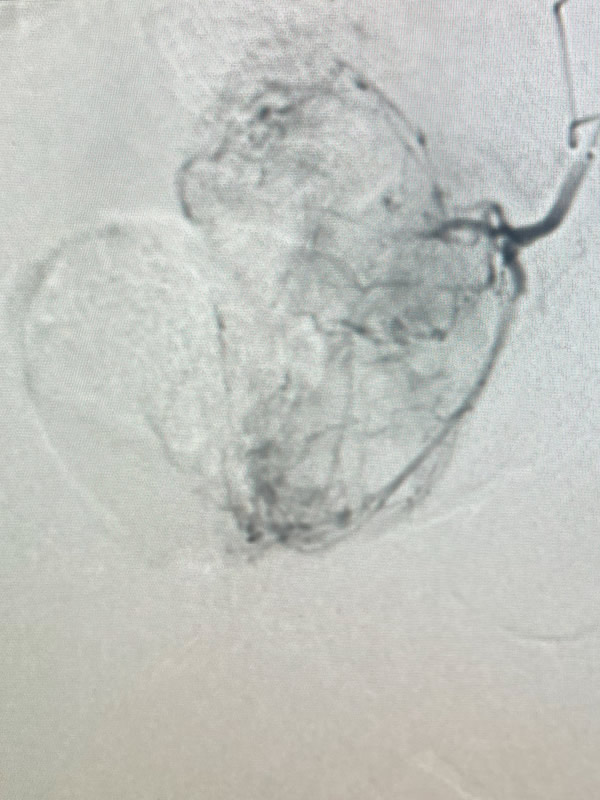Treatment for Benign Prostatic Hyperplasia (BPH) in Columbia, MO
Benign prostatic hyperplasia (BPH) is a common condition that affects men over the age of 50. It is caused by the enlargement of the prostate gland, which can lead to urinary problems such as frequent urination, difficulty urinating, and a weak urine stream. Prostate artery embolization (PAE) is a minimally invasive procedure that can effectively treat BPH.
What is Prostate Artery Embolization (PAE)?
PAE is a procedure that involves blocking the blood supply to the prostate gland. This causes the prostate to shrink and reduces the pressure on the urethra, improving urinary flow. PAE is performed by an interventional radiologist who uses image-guided techniques to deliver embolization material to the prostate arteries.
Benefits of PAE:
The many benefits of PAE make it an attractive option for men who are concerned about the potential risks and drawbacks of traditional surgery for BPH.
Minimally invasive
PAE is a less invasive procedure than traditional surgery, such as transurethral resection of the prostate (TURP). This means a shorter recovery time, less pain, and a lower risk of complications.
Effective treatment
PAE is highly effective in improving urinary symptoms associated with BPH. Studies have shown that PAE can significantly reduce symptoms such as frequent urination, nocturia (getting up to urinate at night), and urinary urgency.
Preserves sexual function
Unlike some other treatments for BPH, PAE does not affect sexual function. This is a significant benefit for many men who are concerned about the potential impact of treatment on their quality of life.

What to Expect During PAE:
PAE is typically performed as an outpatient procedure. You will be given anesthesia to ensure your comfort during the procedure. During PAE, a specialized catheter is inserted through a small incision in the groin. The catheter is guided to the prostate arteries, and tiny particles are injected into these arteries. This blocks the blood supply to the prostate, causing it to shrink and reducing pressure on the urethra. The procedure typically takes 30-60 minutes.
Recovery from PAE:
Most patients are able to go home the same day after the procedure. You may experience some discomfort or blood in your urine for a few days following PAE. However, most patients are able to return to their normal activities within a few weeks.
